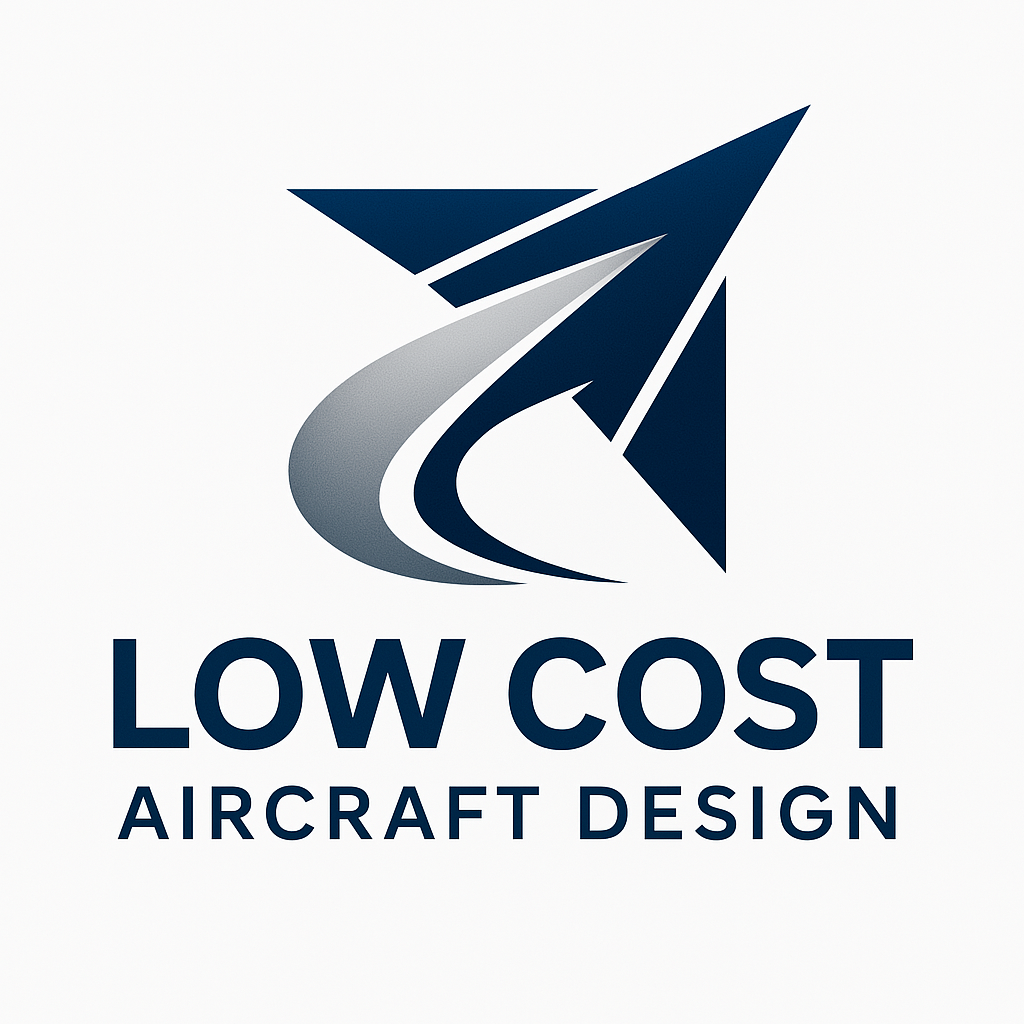News
Discover our latest news and commitment to excellence.
MUNDIAEREO congratulates Low Cost Aircraft Design on their new project! 🎉
This marks an important step in the evolution of low-operating-cost aircraft, a crucial field in modern aviation—especially amid growing demand for more affordable and efficient solutions. These kinds of initiatives represent not only progress in aeronautical engineering but also a positive impact on the industry by making aviation more accessible and sustainable.
Samir Hiweg

MUNDIAEREO is highly interested in utility aircraft, designed to perform a wide range of missions including cargo transport, medical evacuation, and operations in challenging environments. Key considerations for this type of aircraft include:
A. Versatility
-
Cargo capacity: Utility aircraft must have a high load capacity, both in weight and volume, to transport equipment and personnel.
-
Adaptability: They should be able to operate in various conditions such as rough terrains (e.g., unpaved runways, mountainous regions), adverse weather, and remote areas.
B. Reliability and Resilience
-
Ease of maintenance: Availability of spare parts and the ability to carry out quick field repairs are essential.
-
Durability: These aircraft must be robust and resilient, as they often operate under demanding conditions, including extreme climates or conflict zones.
C. Operating Costs
While not expected to be as low as aircraft designed specifically for low operating costs, utility aircraft must balance performance with relatively low costs to remain viable for long-term missions.
3. Low Operating Cost Aircraft
These aircraft are designed to be affordable and economical without significantly compromising their ability to perform essential missions. They are typically used by low-cost commercial airlines, security forces, or for patrol missions.
A. Fuel Efficiency
-
Optimized consumption: These aircraft are designed around efficient engines that offer strong fuel economy—a key factor in minimizing operational costs.
-
Optimized aerodynamics: Excellent balance between aerodynamics and weight to maximize in-flight efficiency.
B. System Simplification
-
Accessible technology: While they may still use advanced systems, avionics and electronics are simplified to cut costs.
-
Easy maintenance: Designed for ease of maintenance, with readily available spare parts and simpler systems.
C. Materials and Construction
-
Cost-effective materials: Durable but inexpensive materials (like lightweight alloys) are used to cut both manufacturing and maintenance costs.
-
Weight reduction: Lighter aircraft consume less fuel and are more efficient.
D. Operation in Low-Cost Markets
-
Low acquisition cost: These aircraft are built to be affordable from the outset, allowing budget-conscious airlines or security forces to operate within tight financial constraints.
-
Extended maintenance intervals: These aircraft often have longer service intervals to further reduce operating expenses.
We have full confidence in Low Cost Aircraft Design’s ability to create and manufacture quality utility aircraft that will offer effective solutions to aviation challenges.
Samir Hiweg
MUNDIAEREO congratulates Low Cost Aircraft Design on their new project! 🎉
This marks an important step in the evolution of low-operating-cost aircraft, a crucial field in modern aviation—especially amid growing demand for more affordable and efficient solutions. These kinds of initiatives represent not only progress in aeronautical engineering but also a positive impact on the industry by making aviation more accessible and sustainable.
Samir Hiweg

MUNDIAEREO is highly interested in utility aircraft, designed to perform a wide range of missions including cargo transport, medical evacuation, and operations in challenging environments. Key considerations for this type of aircraft include:
A. Versatility
-
Cargo capacity: Utility aircraft must have a high load capacity, both in weight and volume, to transport equipment and personnel.
-
Adaptability: They should be able to operate in various conditions such as rough terrains (e.g., unpaved runways, mountainous regions), adverse weather, and remote areas.
B. Reliability and Resilience
-
Ease of maintenance: Availability of spare parts and the ability to carry out quick field repairs are essential.
-
Durability: These aircraft must be robust and resilient, as they often operate under demanding conditions, including extreme climates or conflict zones.
C. Operating Costs
While not expected to be as low as aircraft designed specifically for low operating costs, utility aircraft must balance performance with relatively low costs to remain viable for long-term missions.
3. Low Operating Cost Aircraft
These aircraft are designed to be affordable and economical without significantly compromising their ability to perform essential missions. They are typically used by low-cost commercial airlines, security forces, or for patrol missions.
A. Fuel Efficiency
-
Optimized consumption: These aircraft are designed around efficient engines that offer strong fuel economy—a key factor in minimizing operational costs.
-
Optimized aerodynamics: Excellent balance between aerodynamics and weight to maximize in-flight efficiency.
B. System Simplification
-
Accessible technology: While they may still use advanced systems, avionics and electronics are simplified to cut costs.
-
Easy maintenance: Designed for ease of maintenance, with readily available spare parts and simpler systems.
C. Materials and Construction
-
Cost-effective materials: Durable but inexpensive materials (like lightweight alloys) are used to cut both manufacturing and maintenance costs.
-
Weight reduction: Lighter aircraft consume less fuel and are more efficient.
D. Operation in Low-Cost Markets
-
Low acquisition cost: These aircraft are built to be affordable from the outset, allowing budget-conscious airlines or security forces to operate within tight financial constraints.
-
Extended maintenance intervals: These aircraft often have longer service intervals to further reduce operating expenses.
We have full confidence in Low Cost Aircraft Design’s ability to create and manufacture quality utility aircraft that will offer effective solutions to aviation challenges.
Samir Hiweg
